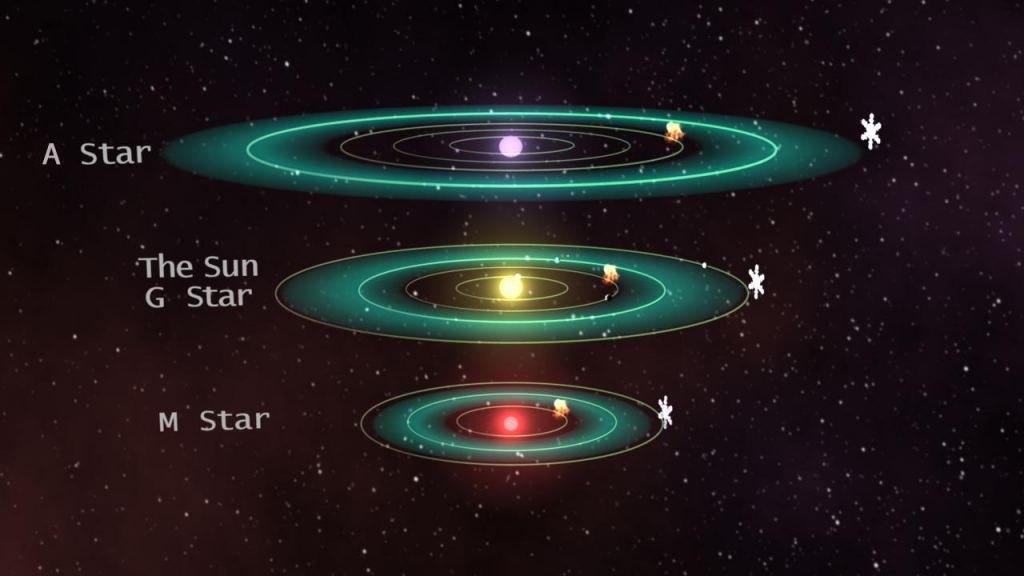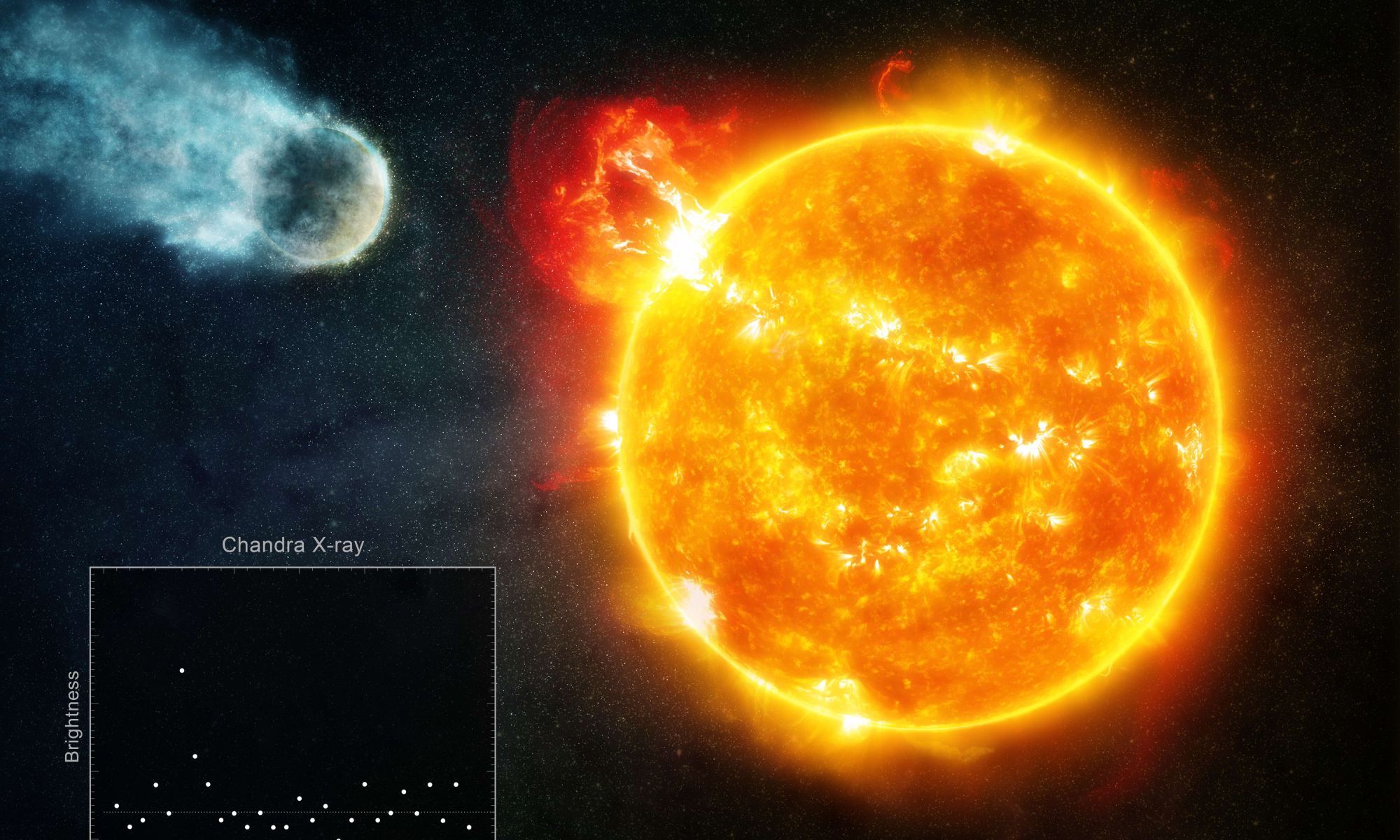Most of the potentially habitable exoplanets we’ve discovered orbit small red dwarf stars. Red dwarfs make up about 75% of the stars in our galaxy. Only about 7.5% of stars are g-type like our Sun. As we look for life on other worlds, red dwarfs would seem to be their most likely home. But red dwarfs pose a serious problem for habitable worlds.

Red dwarfs are small and cool stars, so planets would need to orbit close to the star to be warm enough for life. This means the worlds are at greater risk from stellar activity. We’ve long known that red dwarfs can be quite active in their youth. They not only emit powerful solar flares, but they can also release bursts of strong x-rays. A red dwarf could strip the atmosphere and fry the barren surface of any planet close enough to be in its habitable zone.
But red dwarfs also have extraordinarily long lifetimes. Our Sun is in the middle of its ten billion year life, but red dwarfs can burn for trillions of years. Given that the universe is only 14 billion years old, red dwarfs have plenty of time to see life form on their planets.

But a new study dashes those hopes a bit. While young red dwarfs are hostile to potentially habitable worlds, they are main-sequence stars, so it was assumed that they settle down in time. Thus if a red dwarf planet had a strong enough magnetic field to hold on to its atmosphere, life might arise once the angry youth of its star fades to comfortable middle age.
To test this idea, this new work looked at the stellar activity of Barnard’s Star. It’s a red dwarf only 6 light-years from Earth, and it’s about 10 – 12 billion years old. It has had plenty of time to settle down. But it turns out Barnard’s Star is still quite active. The team observed that about 25% of the time it undergoes large flares and emits bursts of ultraviolet and x-ray light. This activity is intense enough that it could strip the atmospheres of planets that form in the habitable zone as well as those of planets that later migrate into the habitable zone from further out.
If the activity Barnard’s Star is typical for red dwarf stars, then it is very likely that red dwarfs are much too hostile for potentially habitable worlds. It would mean that life in the universe could be much less common than we once hoped.
Reference: France, Kevin, et al. “The High-energy Radiation Environment around a 10 Gyr M Dwarf: Habitable at Last?” The Astronomical Journal 160.5 (2020): 237.


Good article. Is it time to call it highly unlikely that that we’ll find on life in red dwarf systems? I’m pleased to learn that only about 7.5% of stars are g-type like our Sun. That’s actually a lot of stellar systems which are life-bearing candidates.
So they studied just one star? Statistical sample just one. And 12 billion years for mdwarf is nothing.